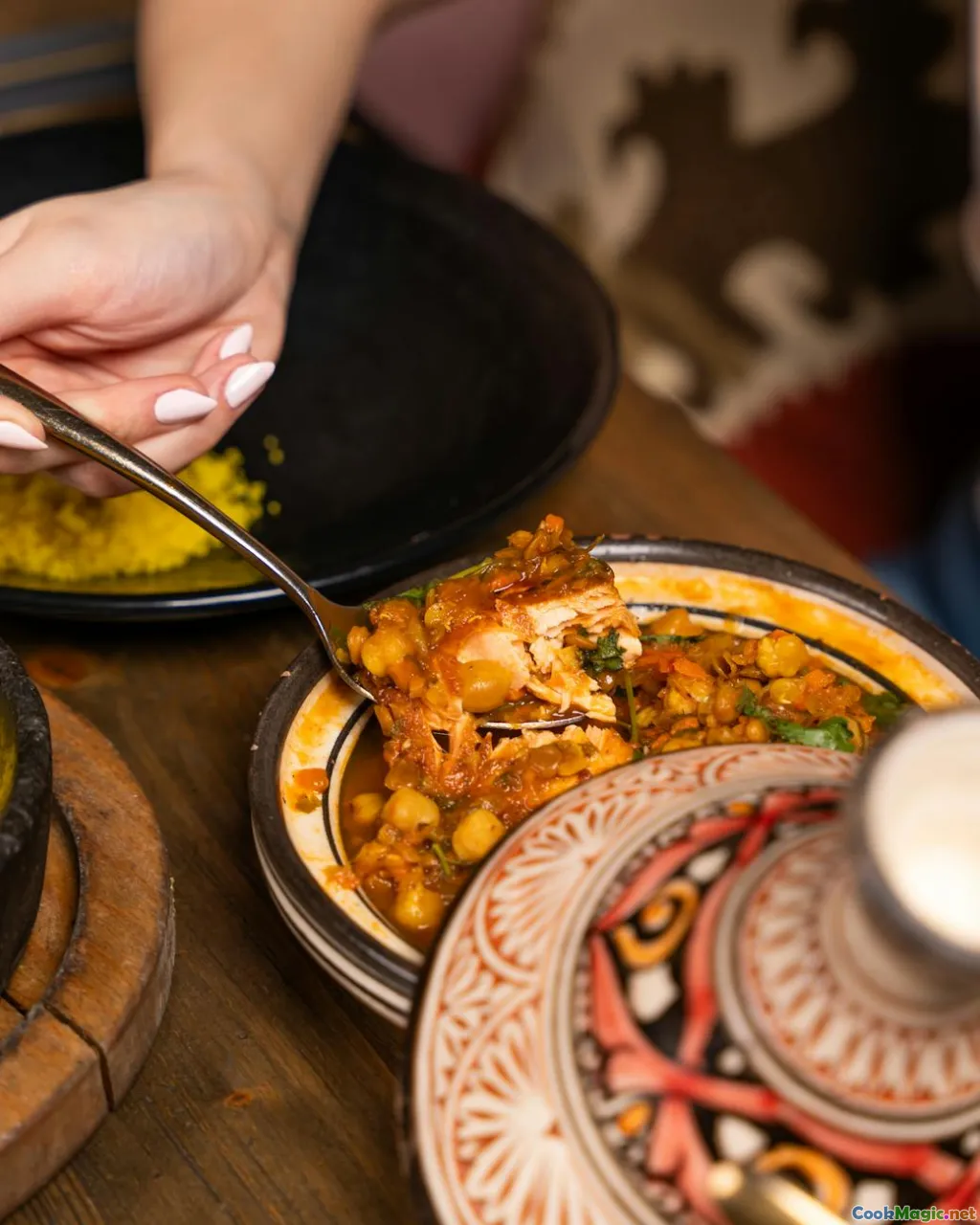Balancing Sweet and Heat in Bengali Cuisine
8 min read Discover the art of balancing sweet and heat in Bengali cuisine, exploring its rich history, iconic dishes, and sensory delights that define this vibrant culinary tradition. May 15, 2025 15:00
Balancing Sweet and Heat in Bengali Cuisine
Imagine walking through the bustling streets of Kolkata at dusk. The air is thick with the aroma of spices, caramelized sugar, and fiery chilies. Every corner seems to whisper stories of generations who have mastered the delicate art of balancing contrasting flavors—where sweetness soothes the palate, and heat ignites it. This harmony is the soul of Bengali cuisine, a culinary tradition that celebrates the complex interplay between sugar and spice.
The Cultural Tapestry of Bengali Flavors
Bengali cuisine, hailing from the eastern part of India and Bangladesh, is renowned for its nuanced flavor profiles. Unlike the more robust, chili-laden dishes of other Indian regions, Bengali food is characterized by its subtlety and sophistication. Here, the culinary philosophy revolves around harmony—where sweet and heat are not adversaries but dance partners creating a symphony of taste.
Historically, Bengal’s fertile land and abundant waterways fostered a rich agricultural lifestyle. Rice, fish, and coconut became staples, shaping the flavor palette. The region’s love for sweets stems from centuries-old traditions, with jaggery and sugar playing pivotal roles in desserts and even savory dishes.
The Art of Balancing: Why It Matters
At the heart of Bengali cuisine lies a fundamental principle: balance. Whether in the iconic Shorshe Ilish(hilsa fish in mustard sauce) or the decadentSandesh sweets, the goal is to achieve a harmonious blend where no single flavor overpowers the others.
This balance is not accidental but a result of meticulous layering of ingredients—adding just enough chili to provide warmth without overwhelming, or incorporating a touch of sweetness to mellow the fiery heat of spices. It’s a culinary dance that appeals to both the palate and the soul.
Iconic Dishes Showcasing the Sweet-Heat Spectrum
1. Begun Bharta with a Spicy Twist
This smoky mashed eggplant dish exemplifies Bengali comfort food. Traditionally seasoned with mustard seeds, turmeric, and a hint of jaggery, it embodies the sweet-heat harmony.
2. Chingri Malai Curry
Prawn cooked in a coconut milk gravy, subtly spiced with green chilies and tempered with mustard seeds. The creaminess of coconut balances the heat, creating a rich, soothing experience.
3. Shorshe Ilish
Hilsa fish in a mustard-based sauce, often with a dash of green chilies and a hint of sugar. The mustard provides pungency and heat, counterbalanced by the natural sweetness of fish and sometimes a touch of jaggery.
4. Mishti Doi and Rosogolla
Sweetness elevated to art form with these desserts. While not spicy, they exemplify the region’s mastery over balancing intense sweetness with delicate textures.
5. Panch Phoron Bharta
A mash of roasted vegetables and fish, flavored with Panch Phoron (a five-spice blend), which adds a complex spicy aroma balanced with a hint of sweetness from caramelized onions.
Techniques and Ingredients that Foster Balance
The Use of Mustard
Mustard seeds and mustard oil are quintessential to Bengali cooking. Their pungent, spicy notes add heat and depth, yet when used judiciously, they complement the sweetness of sugar or jaggery.
Incorporation of Sugar and Jaggery
Bengali chefs often add sugar or jaggery during cooking, not just in desserts but also in savory dishes. This subtle sweetness softens the fiery spices and enhances umami.
Green Chilies
Unlike the red chilies used elsewhere in India, Bengali dishes favor green chilies, which provide a sharp, fresh heat. They are often used whole or chopped finely, allowing for a controlled spiciness.
Coconut
Coconut, in various forms—grated, milk, or oil—adds a mellow sweetness and creamy texture, harmonizing the fiery spices.
Personal Reflections and Anecdotes
Growing up in Kolkata, I was introduced to this culinary philosophy early on. My grandmother’s kitchen was a sanctuary of balance; dishes like Aloo Bharta (mashed potatoes) were seasoned with mustard, green chilies, and a touch of jaggery, creating a comforting yet exciting flavor profile.
One memory stands vivid—the first time I tasted Shorshe Ilish. The pungent mustard sauce, fiery yet balanced with the natural sweetness of fresh Hilsa, was an epiphany. It taught me that food is an art of contrast, a dialogue between opposing flavors.
Modern Interpretations and Global Influence
Contemporary Bengali chefs are reinventing traditional dishes, playing with the concept of balance. From fusion desserts blending jaggery with dark chocolate to spicy seafood salads with a hint of sweetness, the core principle remains: harmony elevates flavor.
Globally, the appeal of Bengali cuisine’s sweet-heat balance lies in its complexity and finesse. It challenges the Western palate’s love for either overly sweet or overly spicy food, offering a nuanced experience that resonates with adventurous eaters.
Final Thoughts
Bengali cuisine’s mastery of balancing sweet and heat is more than culinary technique; it’s a reflection of a cultural ethos that seeks harmony in life and flavors. It invites us to appreciate the subtlety of flavors, to savor the interplay of contrasting tastes, and to understand that the most memorable dishes are those where opposites attract.
Next time you indulge in a Bengali meal, pay close attention to this delicate dance—allow the sweetness and spice to lead you on a journey of taste, tradition, and emotion. In doing so, you’ll discover that the true magic of Bengali food isn’t just in its ingredients but in its artistry of balance—a testament to the region’s rich culinary heritage.









